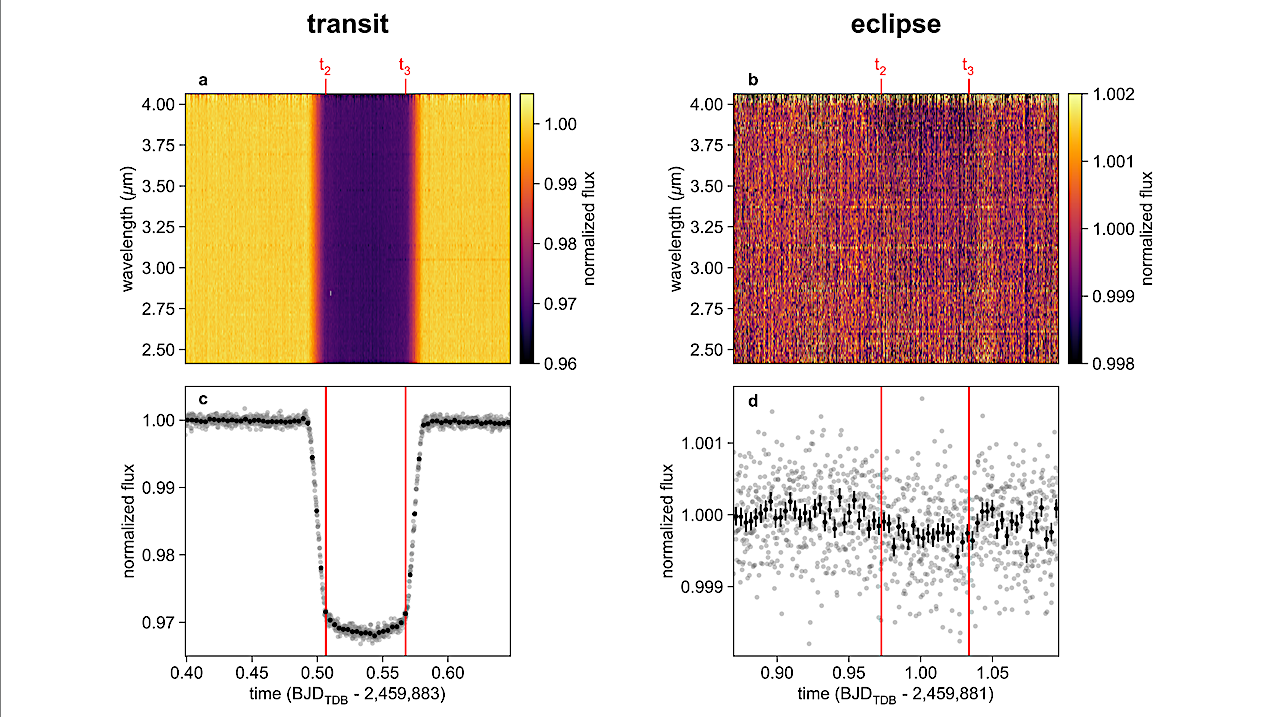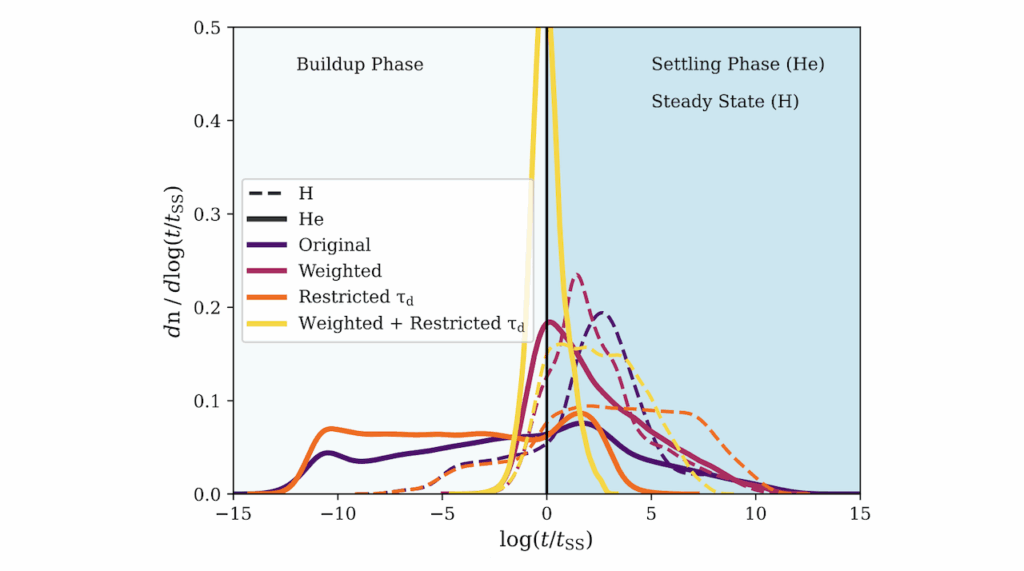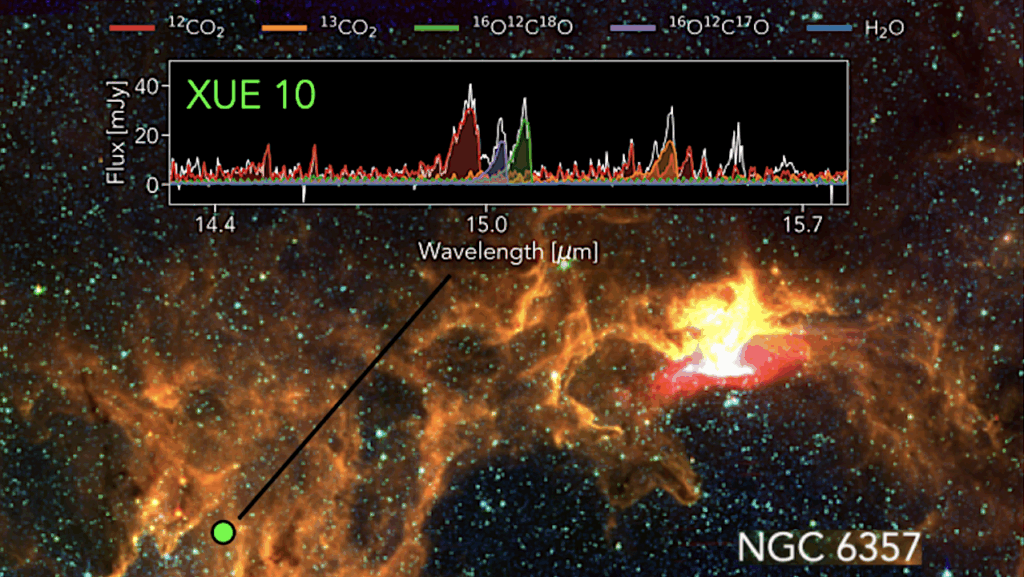Methane Throughout The Atmosphere Of The Warm Exoplanet WASP-80b

The abundances of major carbon and oxygen bearing gases in the atmospheres of giant exoplanets provide insights into atmospheric chemistry and planet formation processes.
Thermochemistry suggests that methane should be the dominant carbon-bearing species below ∼1000 K over a range of plausible atmospheric compositions; this is the case for the Solar System planets and has been confirmed in the atmospheres of brown dwarfs and self-luminous directly imaged exoplanets.
However, methane has not yet been definitively detected with space-based spectroscopy in the atmosphere of a transiting exoplanet, but a few detections have been made with ground-based, high-resolution transit spectroscopy including a tentative detection for WASP-80b. Here we report transmission and emission spectra spanning 2.4-4.0 micrometers of the 825 K warm Jupiter WASP-80b taken with JWST’s NIRCam instrument, both of which show strong evidence for methane at greater than 6-sigma significance.
The derived methane abundances from both viewing geometries are consistent with each other and with solar to sub-solar C/O and ~5× solar metallicity, which is consistent with theoretical predictions.
Taylor J. Bell, Luis Welbanks, Everett Schlawin, Michael R. Line, Jonathan J. Fortney, Thomas P. Greene, Kazumasa Ohno, Vivien Parmentier, Emily Rauscher, Thomas G. Beatty, Sagnick Mukherjee, Lindsey S. Wiser, Martha L. Boyer, Marcia J. Rieke, John A. Stansberry
Comments: 23 pages, 10 figures, 3 tables. This preprint has been submitted to and accepted in principle for publication in Nature without significant changes
Subjects: Earth and Planetary Astrophysics (astro-ph.EP)
Cite as: arXiv:2309.04042 [astro-ph.EP] (or arXiv:2309.04042v1 [astro-ph.EP] for this version)
Submission history
From: Taylor J. Bell
[v1] Thu, 7 Sep 2023 23:13:09 UTC (16,768 KB)
https://arxiv.org/abs/2309.04042
Astrobiolgy, Astrochemistry








